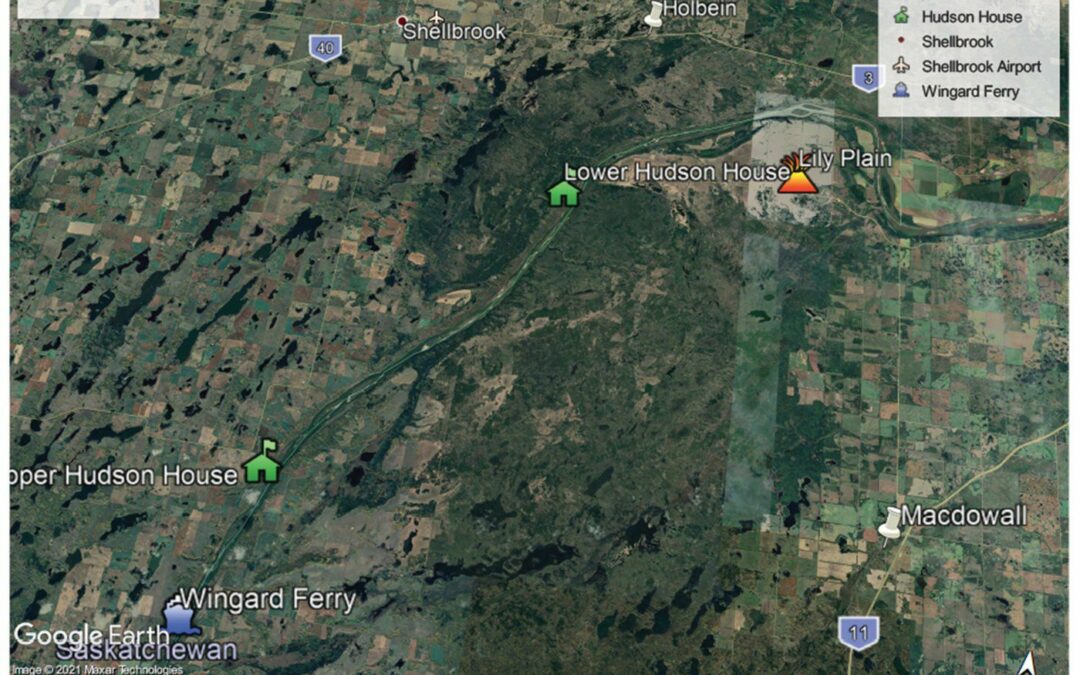A historical First Nations trading post and Indigenous gravesite has been recognized as the province’s 56th Provincial Heritage Property by the Government of Saskatchewan thanks to two Prince Albert residents.
“Lower Hudson House is an important archaeological site that features the remains of late 18th century Hudson’s Bay Company and North West Company trading posts,” said Parks, Culture and Sport Minister Laura Ross.
Lower Hudson House is located in the Nisbet Provincial Forest, approximately 35 kilometres west of Prince Albert on the North Saskatchewan River.
“This site provides a unique opportunity to further our understanding of this complex period in Saskatchewan’s history and the indispensable role that First Nations played in the late eighteenth century fur trade.”
Operating from 1779 to 1789, Lower Hudson House was an important trading centre for First Nations people in the area and as a post for provisioning fur traders working further to the west.
It is believed that victims of the 1781-1782 smallpox epidemic that devastated Indigenous communities in the region may have been buried in the area near the site.
According to Philip Parr, at least 27 Indigenous people are buried in the vicinity of the trading post.
“We have no knowledge about where those graves are, but we know that they exist,” said Parr.
Except for some limited investigations by historians and archaeologists, the Lower Hudson House site has remained undisturbed for more than 200 years.
The history of the site provides a more fulsome understanding of the consequences of European settlement for First Nations people.
Lower Hudson House was nominated for Provincial Heritage Property designation by Philip Parr and Peter Burns of the Prince Albert-based Steering Committee for the Memorialization of Lower Hudson House.
Parr said they’ve been working on the application for over a year and a half.
“We believe the designation of Lower Hudson House as a provincial heritage property will open a path for everyone to discover the history and tragedy of how the smallpox epidemic of 1781-82 affected the Indigenous populations in the area 240 years before present day and altered the course of our history as a province,” Parr and Burns said.
“Many interesting stories are waiting to be told about this fascinating period in our past.”
The site was burned down by rival fur traders in 1791 after being abandoned when the Hudson’s Bay Company moved further down west. All that remains of the Lower Hudson House today are a few old chimney stones from the original trading post.
Parr said recognizing the site as a heritage property is an important step towards learning more about Saskatchewan’s history.
“We want to, in some way, commemorate those individuals that are buried there in some appropriate way. To have the site memorialized will enable people to come and visit it and pay their respects and to ponder on the history,” he said. “It informs all of us about a chapter in our history that we know little about at this point.”
“I think it enables a new chapter in Saskatchewan’s history to be told, some stories of our history that up to this point nobody really knows,” said Parr. “It’s better we go back to our history, back in time.”
